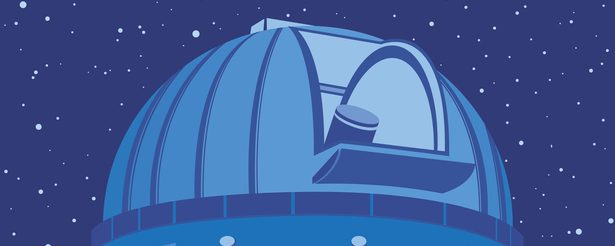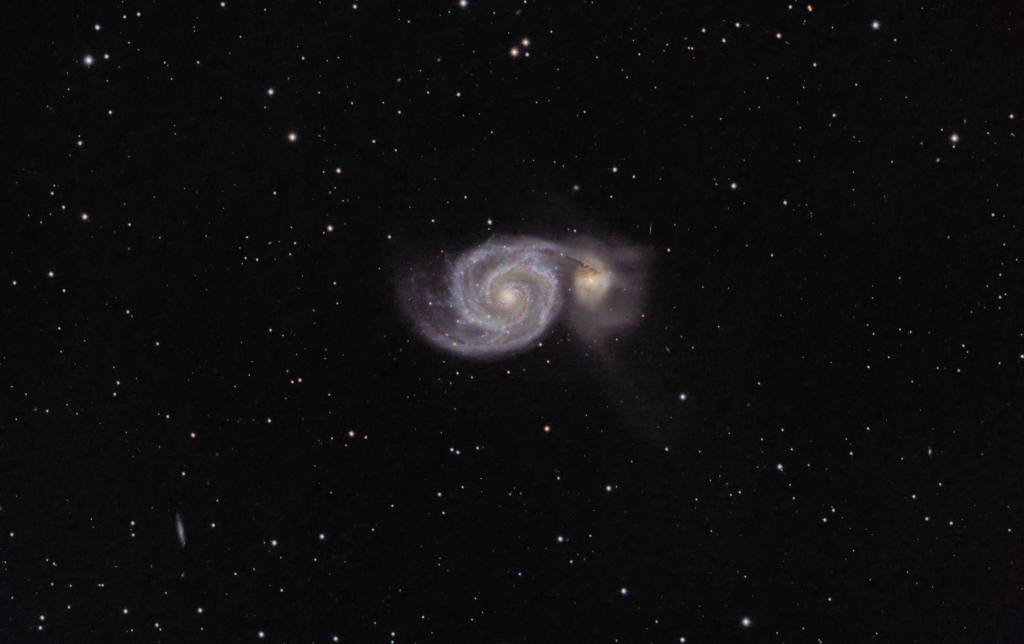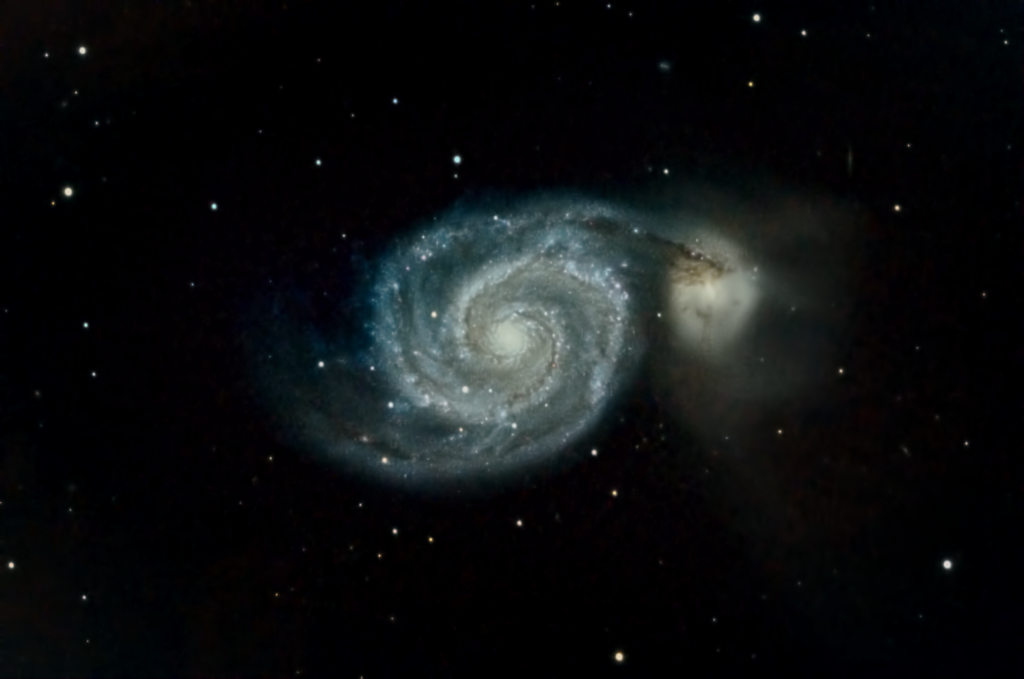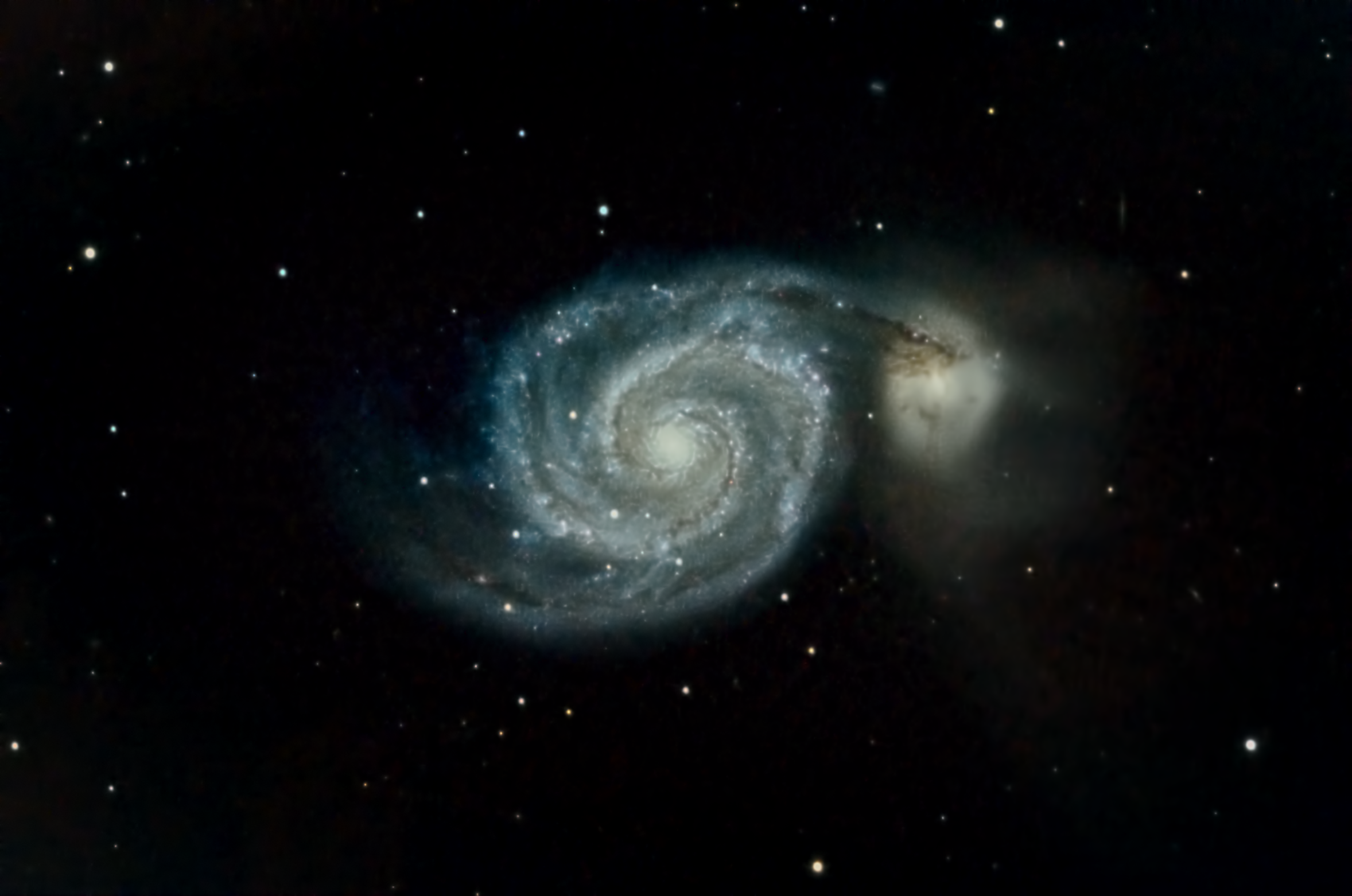
Similar Posts
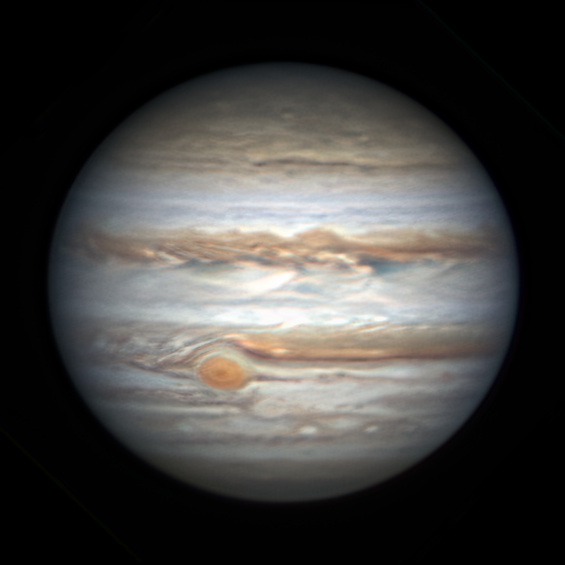
My best shot of Jupiter yet!
A lot of things have to come together for a good image of the planets. The air needs to be as still as possible, the planet you’re imaging needs to be as directly overhead as possible, and the planet itself should be as close to the Earth as possible. And then, all your equipment has…
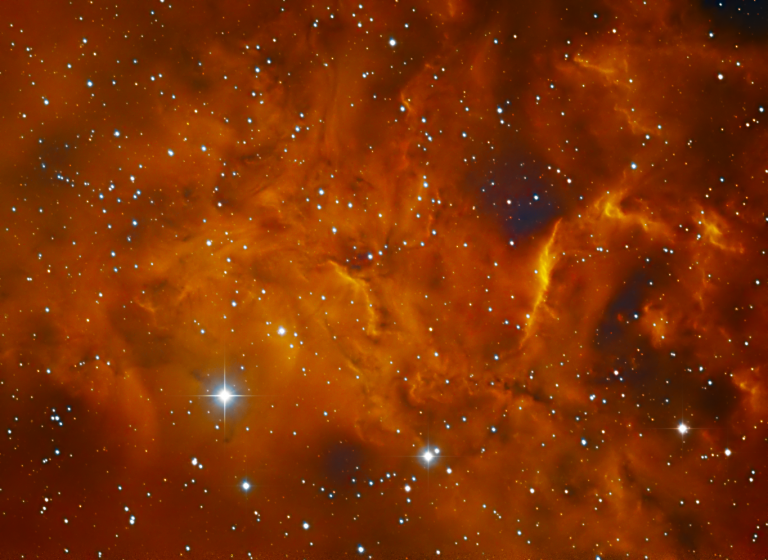
Flaming Star Nebula
Imaged in narrowband filters from my suburban driveway. This object lives up to its name with the right color mappings!

The “Witch’s Broom”
As Halloween draws closer, this seems like an appropriate object to image: the “Witch’s Broom” nebula! Although to be honest, that bright star (Cygnus 56) looks more like an eye on some sort of fantastical, cosmic creature to me. In reality, it’s part of the larger Veil Nebula, which is a huge supernova remnant 1,400…
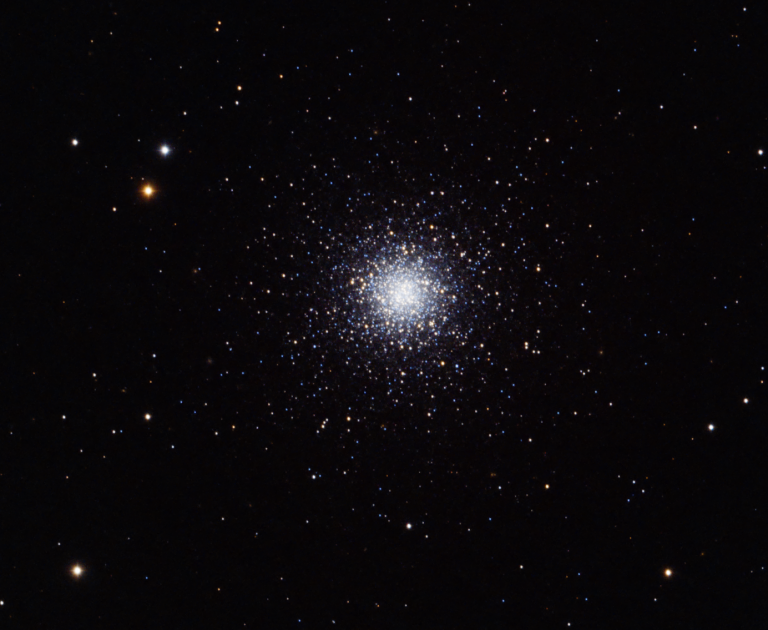
Another glob.
Here we have another globular cluster: M53. You don’t see this one imaged too often, but it’s still quite pretty. I’ve never met a globular cluster I didn’t like. It’s one of the more distant globular clusters in our galaxy, about 60,000 light-years away.
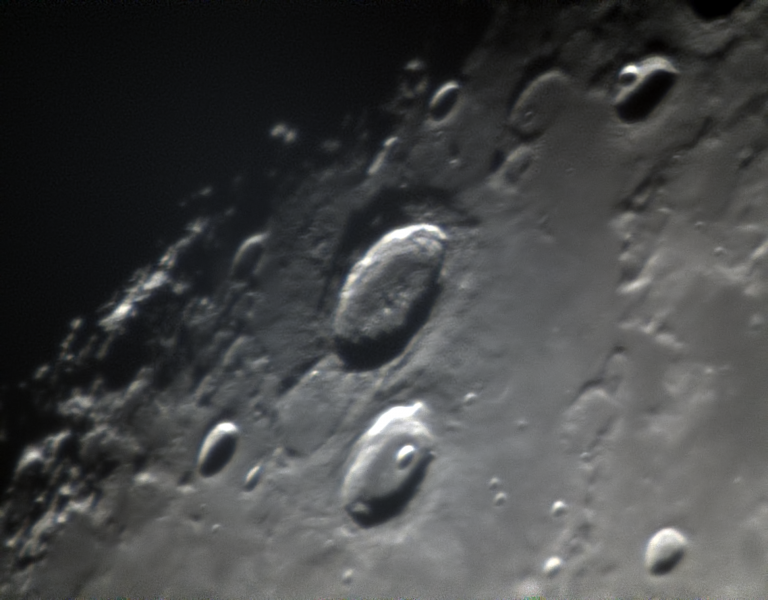
Late-night planetary imaging.
Imaging the planets requires completely different techniques and equipment than deep-sky stuff, and it’s something I’m not really good at yet. What matters the most is the seeing conditions – how stable the atmosphere is. A big part of taking good planetary images is just having the perseverance to get out there whenever the seeing…

Triangulum Galaxy
Part of our Local Group of galaxies, the Triangulum Galaxy (M33) is about 3 million light years away and the most distant object visible to the naked eye under dark skies.
